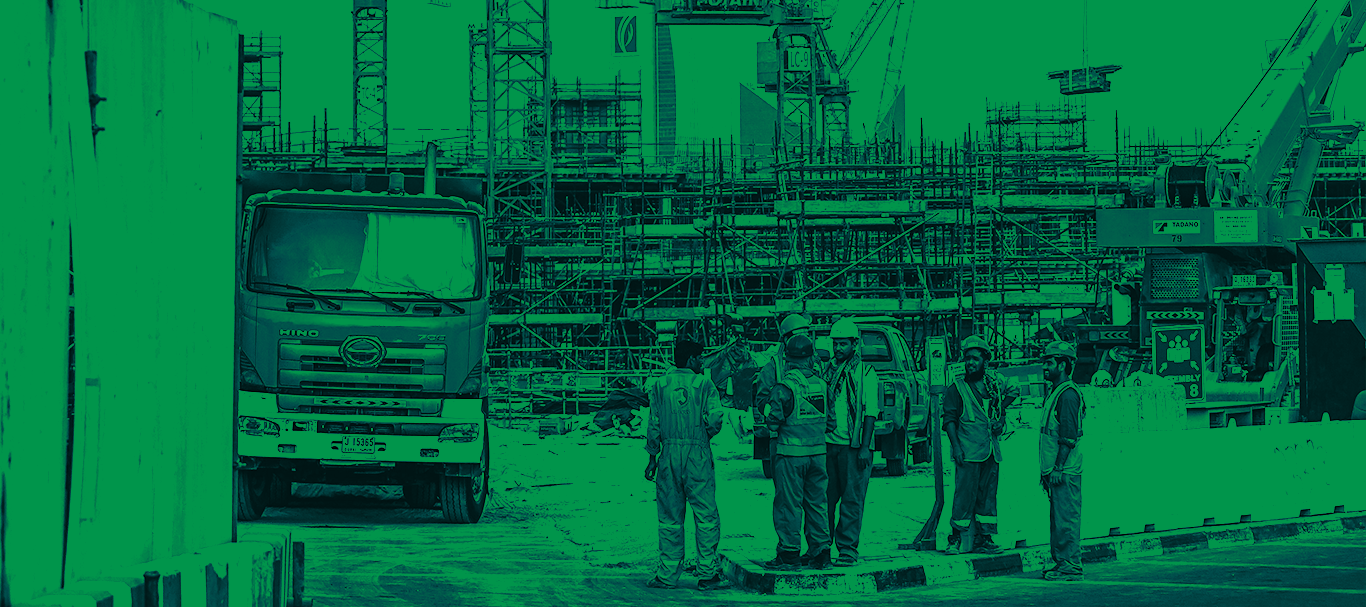Construction sites are typically bustling hubs of activity, where workers engage in various tasks to bring architectural visions to life. However, amidst productivity, safety must always remain paramount. Construction safety is not just a legal obligation; it's a moral imperative to protect the lives and well-being of everyone involved. In this blog, we'll delve into some best practices that construction companies can adopt to ensure the highest standards of safety on their sites.
Construction Safety PLANNING: What standards are needed
1.Construction Safety Planning - Pre-Construction: Safety planning should begin long before the first brick is laid. Thorough pre-construction planning is essential to identify potential hazards and develop strategies to mitigate risks. This involves conducting pre-job hazard analysis, establishing safety protocols for all workers (including subcontractors), and ensuring that all personnel are adequately trained.
2. Clear Communication: Effective communication is the cornerstone of safety management. Employers must ensure that safety policies, procedures, and expectations are clearly communicated to all workers. Regular safety meetings and toolbox talks provide opportunities to reinforce safety protocols and address any concerns or questions.
3. Training and Education: Proper training equips workers with the knowledge and skills needed to identify hazards and respond appropriately. From operating heavy machinery to protecting workers from fall hazards, comprehensive training programs are vital for ensuring competence and reducing the likelihood of an accident.
4. Personal Protective Equipment (PPE): PPE is the last line defense against workplace injuries. Employers must provide appropriate PPE for the specific hazards present on-site, including eye and head protection. Workers must be trained in its proper use and maintenance. Regular inspections ensure that PPE remains effective and in good condition.
5. Regular Inspections and Audits: Routine inspections and audits are essential for identifying potential hazards and ensuring compliance with safety regulations. By conducting regular walkthroughs and assessments, employers can proactively address safety issues before they escalate into accidents. If the company does not have a qualified person to conduct compliance inspections, look for a certified safety professional consultant to assist.

6. Emergency Preparedness: Despite meticulous planning and precautions, emergencies can still occur. Construction companies must have comprehensive emergency response plans in place, including protocols for evacuation, first aid, and communication. Regular drills help ensure that all workers are familiar with emergency procedures and can respond swiftly and effectively in the event of an incident.
7. Risk Management: Construction projects inherently involve various risks, from falls and electrical hazards to collapses and equipment accidents. Implementing robust risk management strategies involves identifying, assessing, and mitigating risks at every stage of the project. This may include implementing engineering controls, such as guardrails and scaffolding, or administrative controls, such as work permits and site access restrictions.
8. Promoting a Culture of Safety: Safety is not just a set of rules; it's a mindset. Cultivating a culture of safety requires leadership commitment, employee involvement, and continuous improvement. Recognizing and encouraging safe behavior, fostering open communication, and empowering workers to take ownership of safety initiatives are all essential components of building a strong safety culture.
9. Regular Training Refreshers: Construction sites evolve, and so do safety protocols and regulations. Regularly refreshing training ensures that workers stay up to date with the latest safety procedures and best practices. This ongoing education reinforces the importance of safety and helps prevent complacency.
10. Continuous Improvement: Safety management is a journey, not a destination. Construction companies must continuously evaluate their safety performance, learn from past incidents, and implement improvements to prevent future accidents. By embracing a culture of continuous improvement, construction firms can strive towards achieving their ultimate goal of zero accidents.
Construction safety management is a multifaceted endeavor that requires proactive planning, clear communication, rigorous training, and a commitment to ongoing improvement. By prioritizing safety at every stage of the construction process and embracing best practices, construction companies can create safer worksites, protect their most valuable asset—their workers—and ultimately build a better future for all.
Contact SafetyPro Resources for help and advice on your onsite Construction safety.










